Products
-
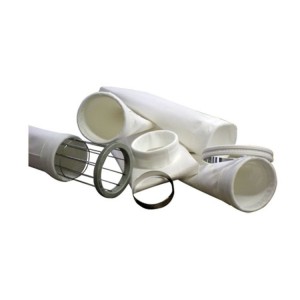
Manufacturer Price Polyester Dust Collector Filter Bag
Polyester dust collector filter bag are very popular recently, most of the cement industry electrical plant asphalt plant waste water treatment workshop come to us.
-
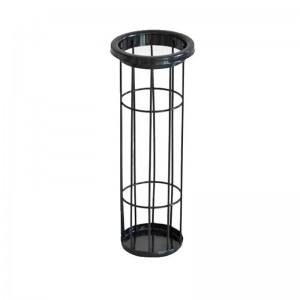
Best quality hot sale oval type filter cage
Cage constructions typically consist of 10, 12 or 20 vertical wires. The horizontal ring spacing on the cage can be 4″, 6″ or 8″. If plenum height restrictions are a problem, two piece cages are available in popular “twist-lock” or “fingers” styles. For areas where moisture or acid corrosion present we can provide a range of materials, often galvanized steel or stainless steel. Top load filter cages are available with a T-flange, ring top or several styles of rolled flange tops. Cage diameters range from 4″ to 6 1/8″. Wire thickness ranges are; 9 gauge, 10 gauge and 11 gauge. Cages for bottom load baghouses are constructed with a split collar or split ring top. Cage diameters range from 4″ to 6 1/8″. Wire thickness ranges are 9 gauge, 10 gauge and 11 gauge.
For more efficient cleaning, Venturi are available for all diameter cages. Venturi come in 3″ to 6″ lengths. Venturi are made in a variety of materials including; aluminum, carbon steel, galvanized and stainless steel
-
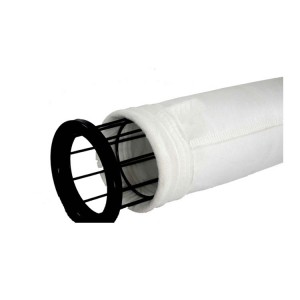
Factory Wholesale Baghouse Framework Filter Bag Cages For Dust Collector
Cage constructions typically consist of 10, 12 or 20 vertical wires. The horizontal ring spacing on the cage can be 4″, 6″ or 8″. If plenum height restrictions are a problem, two piece cages are available in popular “twist-lock” or “fingers” styles. For areas where moisture or acid corrosion present we can provide a range of materials, often galvanized steel or stainless steel. Top load filter cages are available with a T-flange, ring top or several styles of rolled flange tops. Cage diameters range from 4″ to 6 1/8″. Wire thickness ranges are; 9 gauge, 10 gauge and 11 gauge. Cages for bottom load baghouses are constructed with a split collar or split ring top. Cage diameters range from 4″ to 6 1/8″. Wire thickness ranges are 9 gauge, 10 gauge and 11 gauge.
For more efficient cleaning, Venturi are available for all diameter cages. Venturi come in 3″ to 6″ lengths. Venturi are made in a variety of materials including; aluminum, carbon steel, galvanized and stainless steel
-
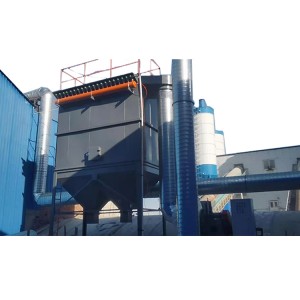
Big Airflow Pulse Type Sand Blasting Powder Dust Collector
Type:Bag filter dust collector
Efficiency: 99.9%
Warranty period: one year
Min orer : 1Set
Air Volume : 100000 m3/h
Brand Name : SRD
Material: Carbon Steel -
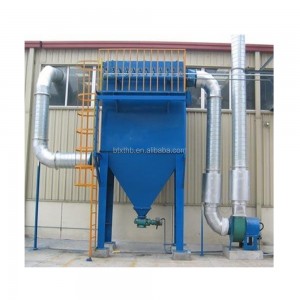
Industrial filter systems fly ash bag house cement plant central silo coal dust collector filters for dust collector
Type:Bag filter dust collector
Efficiency: 99.9%
Warranty period: one year
Min orer : 1Set
Air Volume : 7000 m3/h
Brand Name : SRD
Material: Carbon Steel -
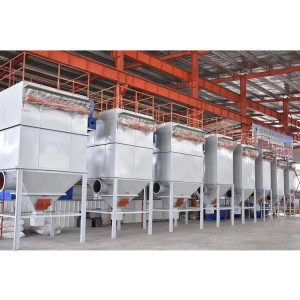
Power plant granite air pollution control equipment dust filter
Type:Bag filter dust collector
Efficiency: 99.9%
Warranty period: one year
Min orer : 1Set
Air Volume :100000 m3/h
Brand Name : SRD
Material: Carbon Steel -
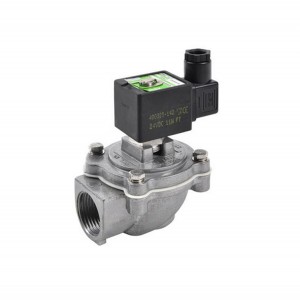
DMF-Z-25 Right-angle pulse valve Aluminum alloy material
Pulse valves are divided into right-angle pulse valves and submerged pulse valves.
Right angle principle:
1. When the pulse valve is not energized, the gas enters the decompression chamber through the constant pressure pipes of the upper and lower shells and the throttle holes in them. Because the valve core blocks the pressure relief holes under the action of the spring, the gas will not be discharged. Make the pressure of the decompression chamber and the lower air chamber the same, and under the action of the spring, the diaphragm will block the blowing port, and the gas will not rush out.
2. When the pulse valve is energized, the valve core is lifted up under the action of electromagnetic force, the pressure relief hole is opened, and gas is ejected. Due to the effect of the constant pressure pipe orifice, the outflow speed of the pressure relief hole is greater than that of the pressure relief chamber. The inflow speed of the pressure pipe gas makes the pressure of the decompression chamber lower than the pressure of the lower gas chamber, and the gas in the lower gas chamber pushes up the diaphragm, opens the blowing port, and performs gas blowing.
-
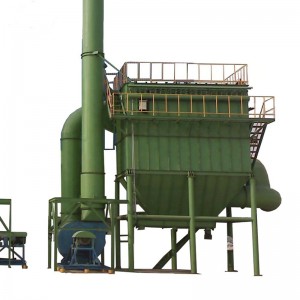
Dust remove Bag Filter Cement Dust Collector for boiler
Type:Bag filter dust collector
Efficiency: 99.9%
Warranty period: one year
Min orer : 1Set
Air Volume :10000 m3/h
Brand Name : SRD
Material: Carbon Steel -
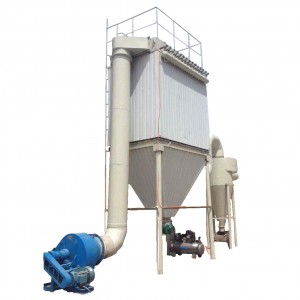
Cheap automatic cleaning bag filter dust collector for dust collector baghouse filter
Product Description Dust collector is a system for filtering dust in flue gas/gas. Mainly used for the purification and recovery of dusty gas. The shell of the air pulse jet bag filter is an outdoor type, consisting of a shell, a chamber, an ash hopper, a discharge system, an injection system and an automatic control system. According to different combinations, there are many different specifications, air filter room and indoor air filter bag. There are four series of bags: 32, 64, 96, 128, w... -
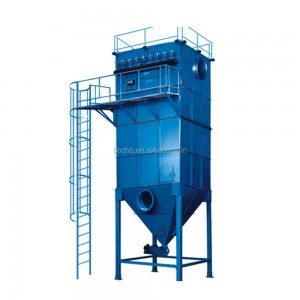
High Temperature Baghouse Pulse Jet Dust Collector / Bag Filter / Baghouse/ Dust Remove System
Type:Bag filter dust collector
Efficiency: 99.9%
Warranty period: one year
Min orer : 1Set
Air Volume : 85000 m3/h
Brand Name : SRD
Material: Carbon Steel











